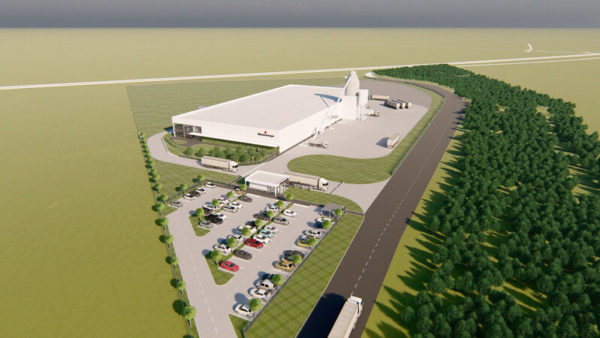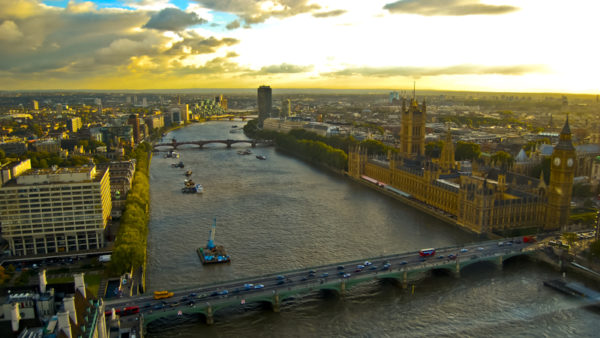A UK carbon capture and storage (CCS) project that would drastically reduce emissions from a coal-fired power plant received a funding boost of €300m from the European Commission this month.
The White Rose project in Yorkshire involves building a new coal-fired power plant capable of powering 630,000 homes, but 90% of its carbon dioxide emissions would be captured, liquified, and piped for permanent storage in a saline aquifer under the North Sea.
With carbon capture and storage (CCS) schemes, the CO2 is pumped back into the earth in the liquid-like state it enters when pushed above its critical pressure of 73.82 bar, and above its critical temperature, of 31.04°C. Such a state is called "supercritical", and it must be handled with care.
According to the UK’s Health and Safety Executive, in the event of a pipe rupture or containment failure, the depressurisation would cause the CO2 to expand in a rapid, violent way that could result in high-velocity projectiles, cryogenic burns and other hazards to personnel.
The White Rose project, along with another CCS project in Peterhead, Scotland, are currently in the front-end engineering and design (FEED) stages in a competition for up to £1bn in funding from the UK Government under its CCS Commercialisation Programme.
White Rose’s €300m from the European Commission comes from the NER300 programme, which funds innovative renewable energy technology. White Rose is the only CCS project in Europe to be allocated funds under the programme.
The White Rose project will be based at Britain’s largest coal-fired power station, the Drax plant in Yorkshire. It is being pursued by a joint venture involving the Drax power plant, chemicals giant BOC and engineering firm Alstom. If it goes ahead it would store 2 million tonnes of carbon dioxide per year under the North Sea seabed.
Challenges to well integrity in particular will be presented by the other proposed CCS scheme at Peterhead in Scotland. This project, backed by Shell and Scottish and Southern Energy (SSE), would see CO2 captured from Peterhead’s revamped coal power station and piped under the sea for storage in Shell’s depleted Goldeneye gas field.
UK energy secretary Ed Davey celebrated the euro windfall, saying it would help create thousands of green, local jobs. His department has estimated that clean power plants with CCS could provide more than 20% of the UK’s electricity by 2050.
"The UK is at the forefront of developing carbon capture and storage, with excellent potential for storage in the North and Irish Seas, and the expertise in operating offshore to make it a reality," he said.
"And as a world leader in the technology, as carbon capture and storage is commercialised Britain will be in first place to export this knowledge to a decarbonising global economy."










